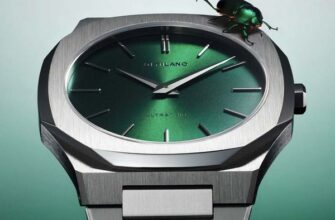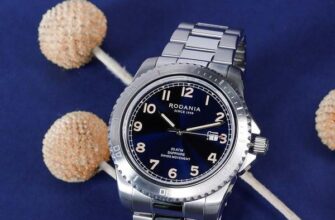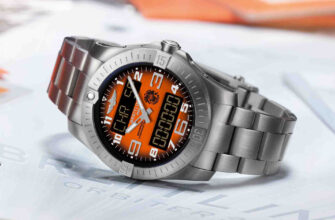To answer this question, it’s better to start with a slightly different history of the hour. Six years ago, Amsterdam enthusiasts launched the Fairphone project. The idea of the device is that it is a smartphone assembled from standard interchangeable parts that are 100% recyclable. The owner does not need to buy a new device if the old one breaks down or becomes outdated - he can easily replace any part or board and use it for years. This second generation "Honest Phone" costs just over 500 euros. And here the fun begins. The creators of Fairphone have laid out in open access price calculator, clearly explaining what this amount is composed of.

Myths and prejudices
One watch collector, seeing this calculator, grabbed his head and shouted: “I wish I could make Swiss luxury manufacturers do the same thing, so that I understand where my money is going!”. Indeed, it causes bewilderment - how several grams of gold, steel and brass (we are not talking about jewelry watches now), folded into a miniature device with the only purpose of measuring the time, turn into an item whose price starts from several hundred and ends in hundreds of thousands of Swiss francs ... Since luxury manufacturers are not going to reveal all the ingredients of their cuisine, various rumors and legends inevitably arise around the Swiss made industry. Including how the price of a watch is formed.
Myth # 1 - Swiss watches are a conspiracy of marketers
That, in fact, people pay not for the product as such, but for a beautiful story. Here, age-old traditions and snow-covered mountain huts are used, in which watchmakers collected cogs and wheels on long winter evenings. And great moments in history, like landing on the moon or climbing Everest, in which hours participated.
It is clear, of course, that there is nowhere without PR and marketing, but it is still easy to notice: many modern prestigious brands feel great even without a great past. Like Maurice Lacroix and Frederique Constant, for example. Or skilfully combine their heritage with new breakthroughs like Rolex, Officine Panerai, IWC and many more.
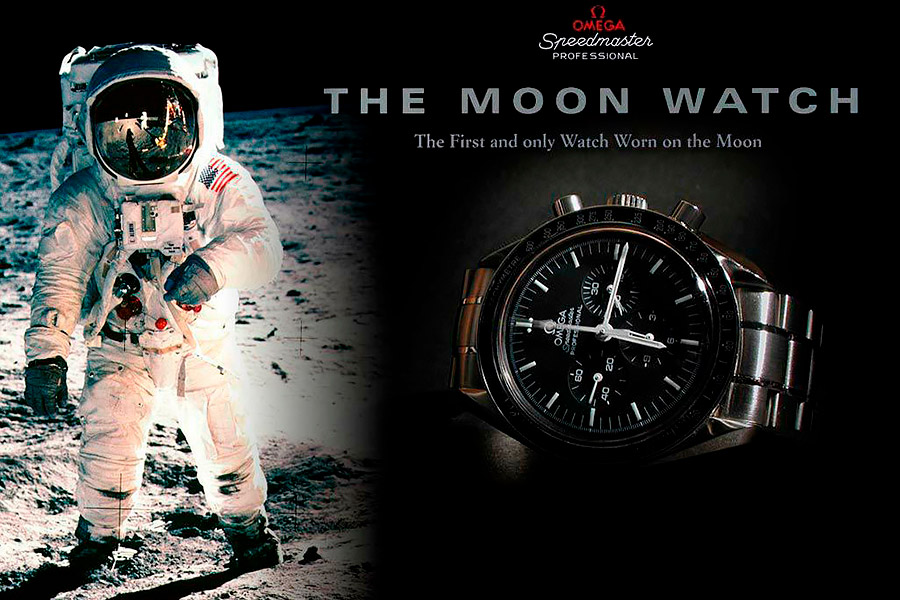
Myth # 2 - Swiss watches serve a huge infrastructure
Indeed, over the past quarter century, the popularity of wrist mechanics has grown exponentially. Brands have opened representative offices and branded boutiques all over the world, their maintenance is expensive, and you still need to feed an army of workers. So you have to add these costs to the cost of the watch. True, we must not forget that the Internet has developed just as rapidly in recent years. And now many Swiss brands feel great without any dealerships at all, selling watches through their own website, online stores and even social networks.
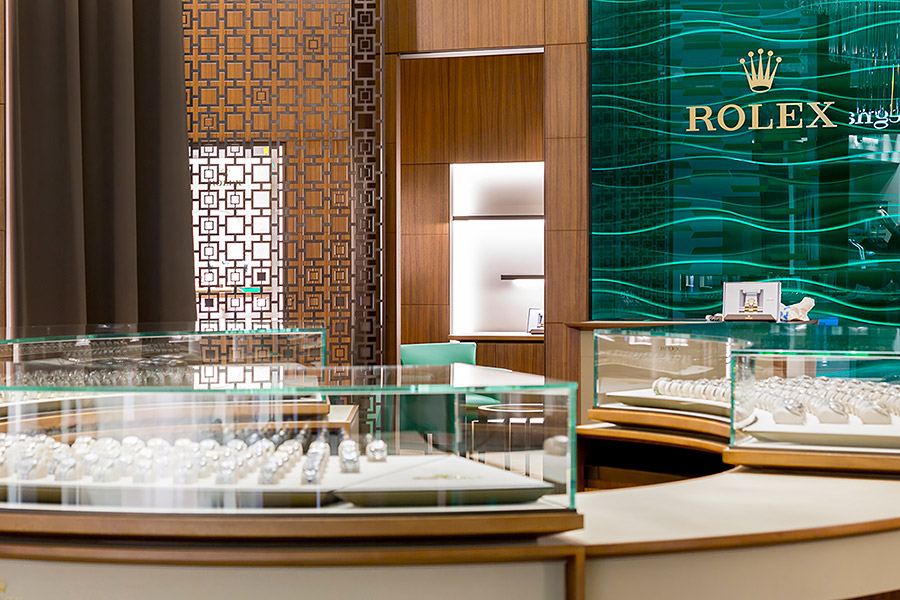
Myth # 3 - The price of a watch rises when worn by celebrities
If only because an advertising contract with a really eminent messenger is not cheap for the brand. This is just a delusion. Many stars and politicians collect watches themselves, so they pose with their favorite brands without any problems.

Real values
Having gathered together all the popular myths, one can understand that they are supported by people who do not wear watches themselves. All this nonsense about ancient legends, luxury boutiques and Hollywood stars aside, what is left? An ideally thought-out and beautiful accessory that in the long term can work for hundreds of years (!!) without a power source and repair. There is simply no analogue of watch mechanics in modern technologies. But it takes a lot of effort to get there.
Investment # 1 - Mechanism production
About a billion wristwatches (not including smartwatches) are produced annually in the world. Of these, Swiss mechanical - about six million. That is 0,6% of the total world watch turnover. This is because making a quality watch movement is incredibly difficult. For example, the robot spends exactly one second on the production of the most massive quartz movement in the world, the PC-21 from Seiko. Once - and the mechanism is ready, you can insert it into the clock. Whereas each mechanical caliber contains from 120 to 1000 miniature parts. They need to be made, measured, polished, weeded out, and then perfectly assembled together.
Even when it comes to the mass production of mechanics, for example, ETA or Sellita calibers, their cost starts from a few hundred francs. And this is in the basic version of the "blank", while most brands then manually modify, improve and finish these calibers. If we are talking about an exclusive mechanism produced in a small batch at our own manufacture, the production price increases many times over.

Investment # 2 - Technical Development
For all Swiss manufactories today, their own R&D department is no less important than their own production. Constant research, experiments with new materials and technologies ensure the future of the watch. Investment in development over the past twenty years has resulted in silicon spirals, anti-magnetic alloys, shockproof casings and lubrication-free wheels. Not to mention all sorts of clever complications and indicators that are simply pleasing to the eye.
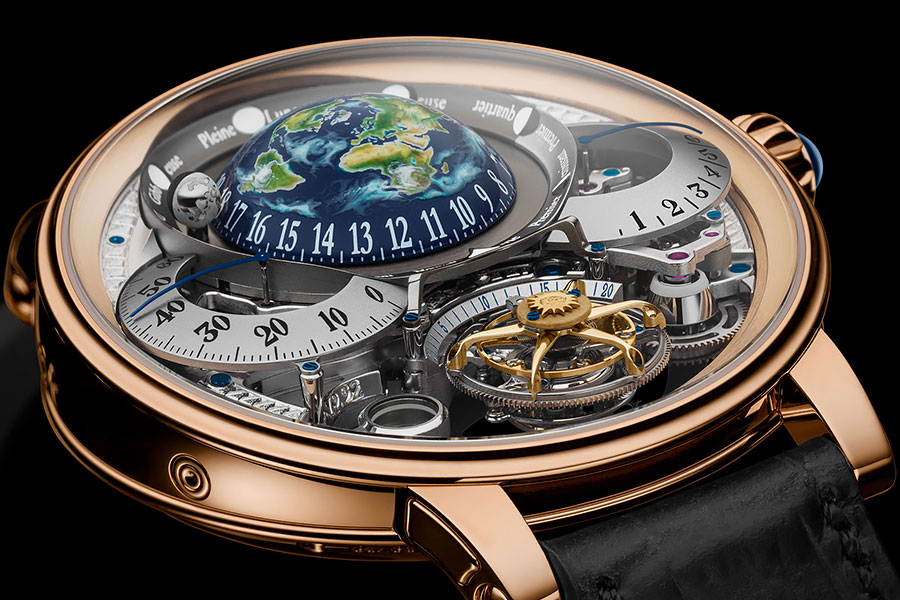
Investment # 3 - Handmade
Perhaps this is the most important component, without which a Swiss watch would simply not exist today. The same PC-21 operating room, which produces 300 movements annually, is serviced by one operator. Those who visited Swiss factories saw that hundreds of specialists were working there. Those who manually assemble hundreds of parts of mechanisms, engrave them, polish cases, and make a guilloche of the dial.
Each such profession must be seriously studied, these specialists are worth their weight in gold, especially those who know how to work with super-complex mechanics, for example, minute repeaters. Naturally, these expensive craftsmen live where they are in demand - in Switzerland.
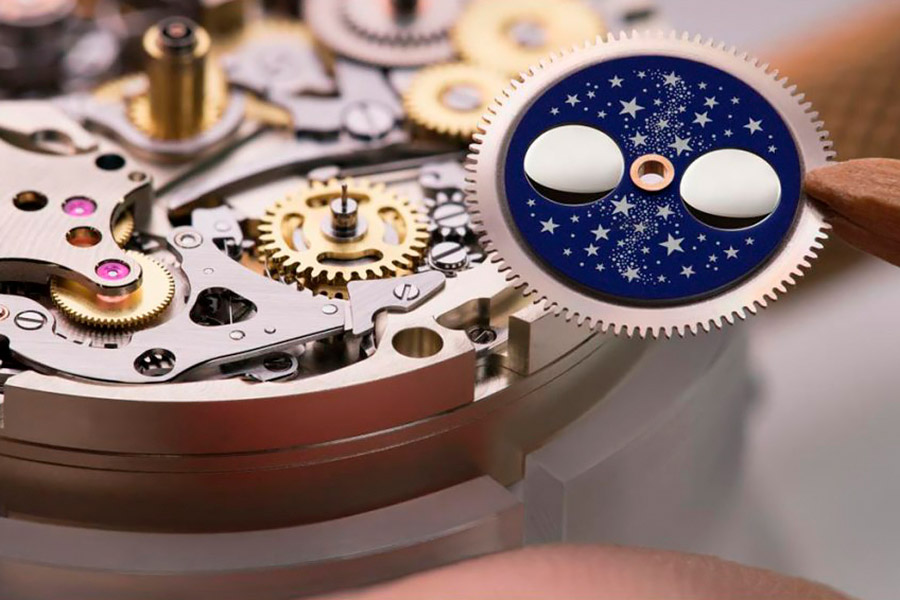
So a Swiss watch is really an expensive pleasure. And not only in terms of price, but also in terms of the degree of effort invested in them. But the result is a product, the value of which is easy to check with only one criterion - the time itself.


